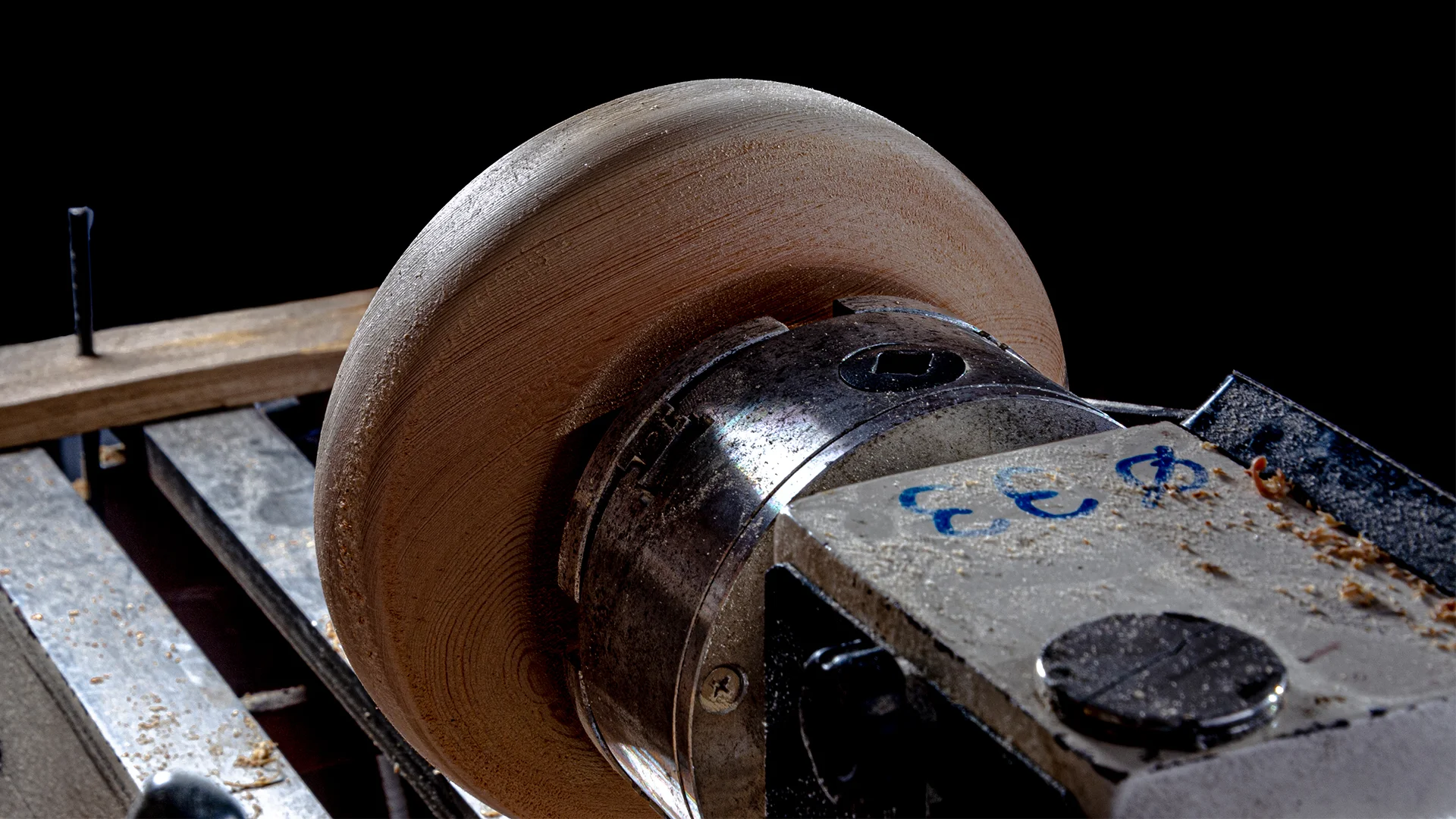
Our Blog
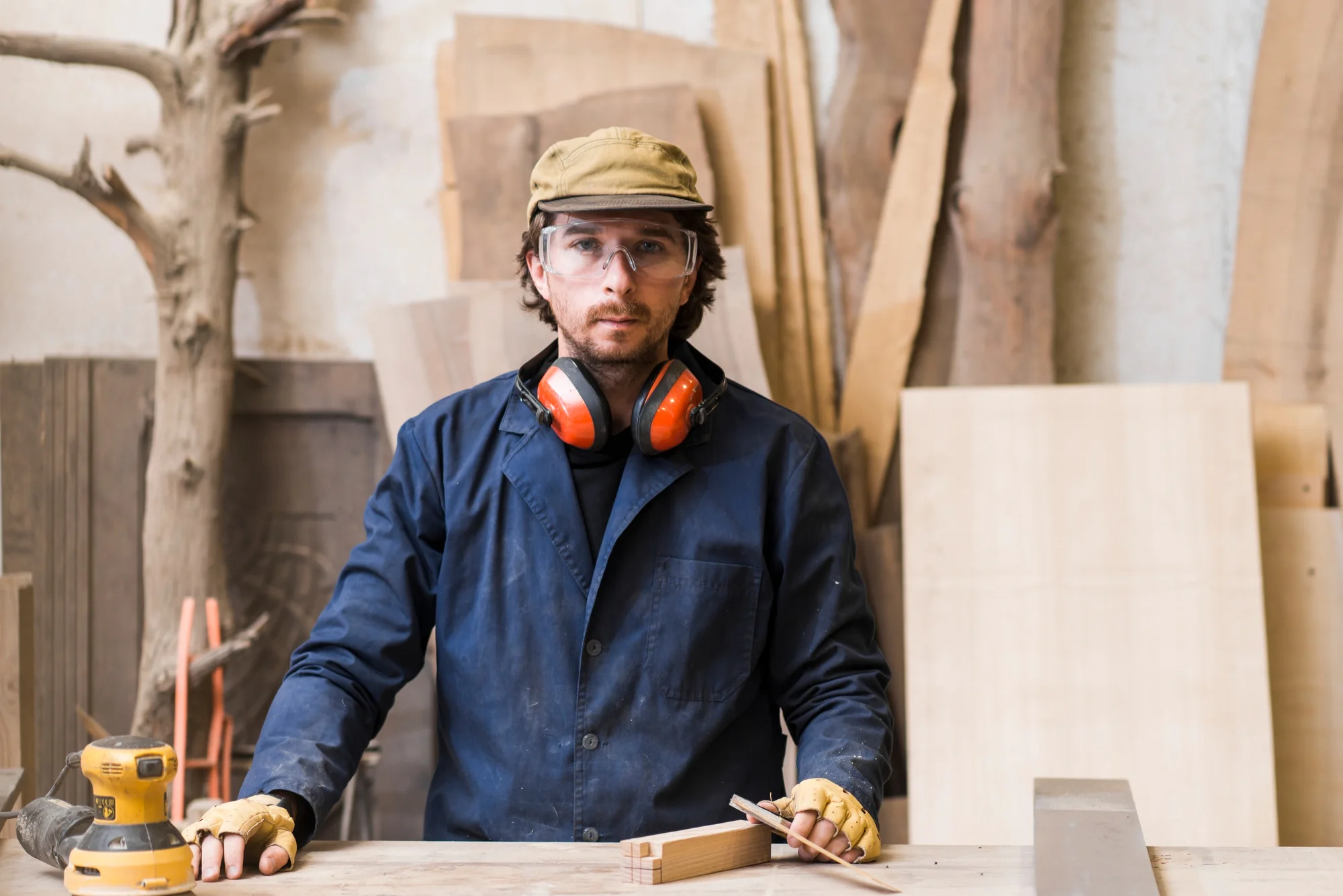
Woodworking PPE Checklist: Are You Fully Protected?
Why PPE Is Non-Negotiable in Woodworking
Woodworking is a craft built on skill, precision, and creativity. But let’s be real—none of that matters if you aren’t protecting yourself.
From sharp blades to airborne dust, woodworking comes with serious risks. That’s why personal protective equipment (PPE) isn’t optional—it’s essential. Whether you’re running a professional shop or working on DIY projects in your garage, PPE is your first line of defense against injury.
In this guide, you’ll find everything you need to know about woodworking PPE, why it matters, and how to properly use it. Let’s dive in.
What Is PPE in Woodworking?
Let’s start with the basics—what is PPE in woodworking?
PPE stands for Personal Protective Equipment. It’s the specialized gear you wear to protect yourself from the very real risks of woodworking—things like sharp blades, airborne dust, flying wood chips, and loud machinery.
You’ve probably heard of PPE in other industries, like healthcare, where doctors and nurses wear masks, gloves, and face shields to prevent the spread of germs. But here’s the thing—PPE for woodworking is completely different. While healthcare PPE protects against biological hazards, woodworking PPE shields you from physical dangers like cuts, burns, hearing damage, and breathing in harmful dust.
In woodworking, your PPE toolbox should include:
- Eye protection – Safety goggles or face shields to block flying debris.
- Hearing protection – Earmuffs or earplugs to guard against loud noise.
- Respiratory protection – Dust masks or respirators to filter harmful particles.
- Hand protection – Specialized, snug-fitting gloves designed for wood handling.
- Foot protection – Steel-toe boots to prevent crush injuries.
- Body protection – Aprons or long sleeves to shield your skin from chemicals and cuts.
Why Is PPE Important for Woodworking?
If you think PPE is optional, think again. Woodworking hazards are no joke. Every time you pick up a power tool or handle raw materials, you’re facing real risks—whether you realize it or not.
What Are the Risks of Not Using PPE in Woodworking?
Here’s what you’re up against if you skip the gear:
- Eye injuries – Tiny wood chips or dust particles can scratch or even blind you.
- Hearing loss – Constant exposure to loud machinery can permanently damage your hearing.
- Breathing problems – Fine sawdust and fumes from finishes can lead to lung issues.
- Cuts and lacerations – Sharp tools don’t give second chances.
- Crushed hands or feet – Heavy panels or tools can break bones in an instant.
- Skin burns or chemical exposure – Adhesives and finishes can irritate or burn your skin.
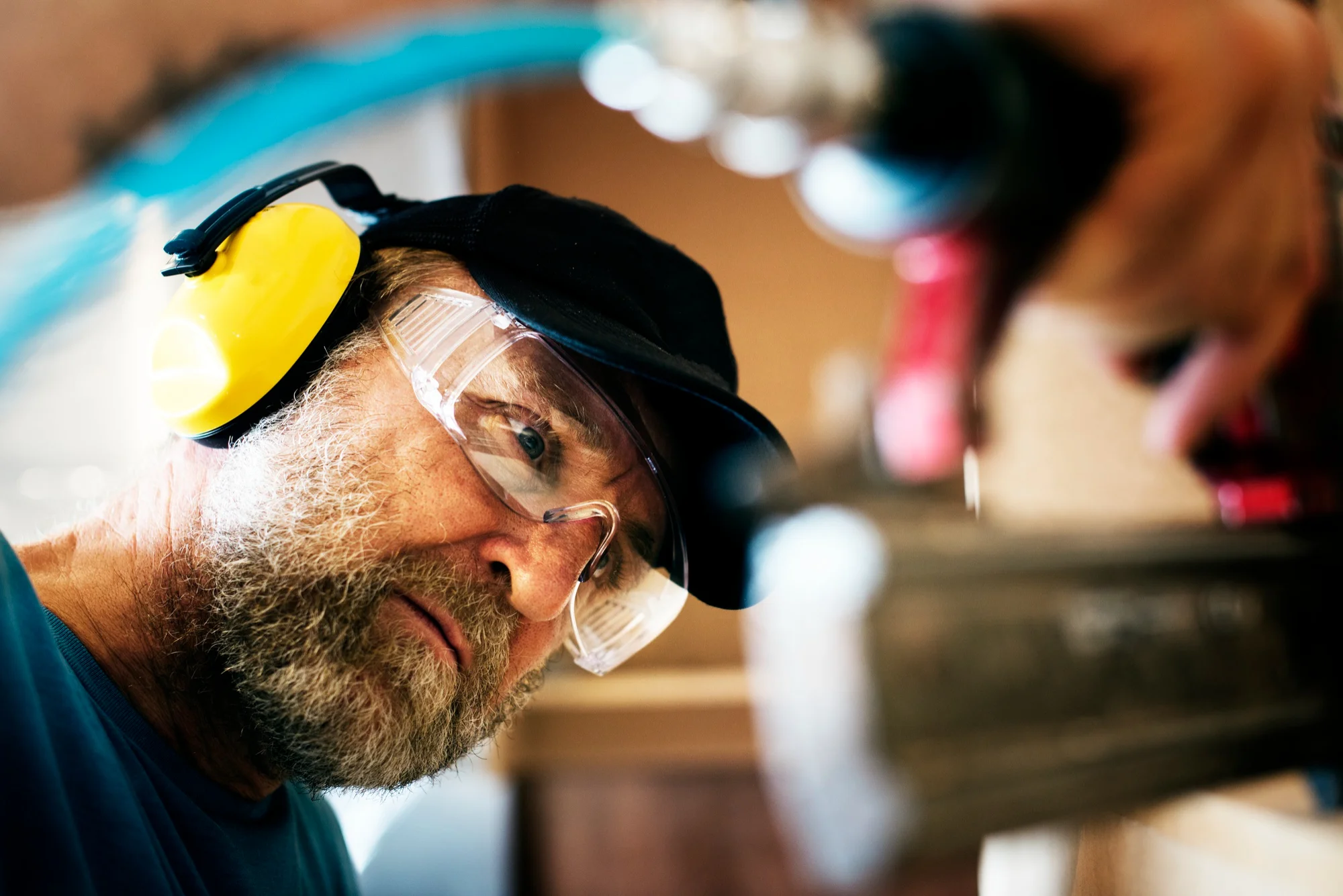
Common Injuries in Woodworking and How to Prevent Them
So, how does PPE protect against common woodworking hazards?
Here’s a quick breakdown of how woodworking PPE shields you on the job and helps prevent the most common injuries woodworkers face every day:
| Hazard | How PPE Protects You |
|---|---|
| Flying debris (sawdust, wood chips) | Safety goggles or face shields keep your eyes safe. Always wear them when cutting, sanding, or spraying. |
| Loud machinery noise | Earmuffs or earplugs protect your hearing. Use them every time you run noisy equipment. |
| Dust and fumes | Earmuffs or earplugs protect your hearing. Use them every time you run noisy equipment. |
| Sharp tools and blades | Cut-resistant, snug-fitting gloves guard your hands. Make sure gloves fit snugly and never wear loose gloves near blades. |
| Falling materials or tools | Steel-toe boots shield your toes and feet. Lace them up to protect against dropped tools and materials. |
| Chemical splashes | Face shields, chemical-resistant gloves, and aprons keep skin safe. Suit up when handling finishes or adhesives. |
| Tool vibration | Anti-vibration gloves reduce long-term strain on your hands. |
Your Complete Woodworking PPE Checklist
Here’s your go-to list for every project:
| Eye Protection | |
| Hearing Protection | Earmuffs Earplugs |
| Respiratory Protection | Dust mask (for light dust) Respirator (for fine dust and fumes) |
| Hand Protection | Cut-resistant gloves (tight-fitting) Chemical-resistant gloves Anti-vibration gloves |
| Foot Protection | Steel-toe boots or safety shoes |
| Body Protection | Protective apron or long sleeves (non-loose fitting) |
| Safety Gear | First aid kit Fire extinguisher Emergency eye wash station |
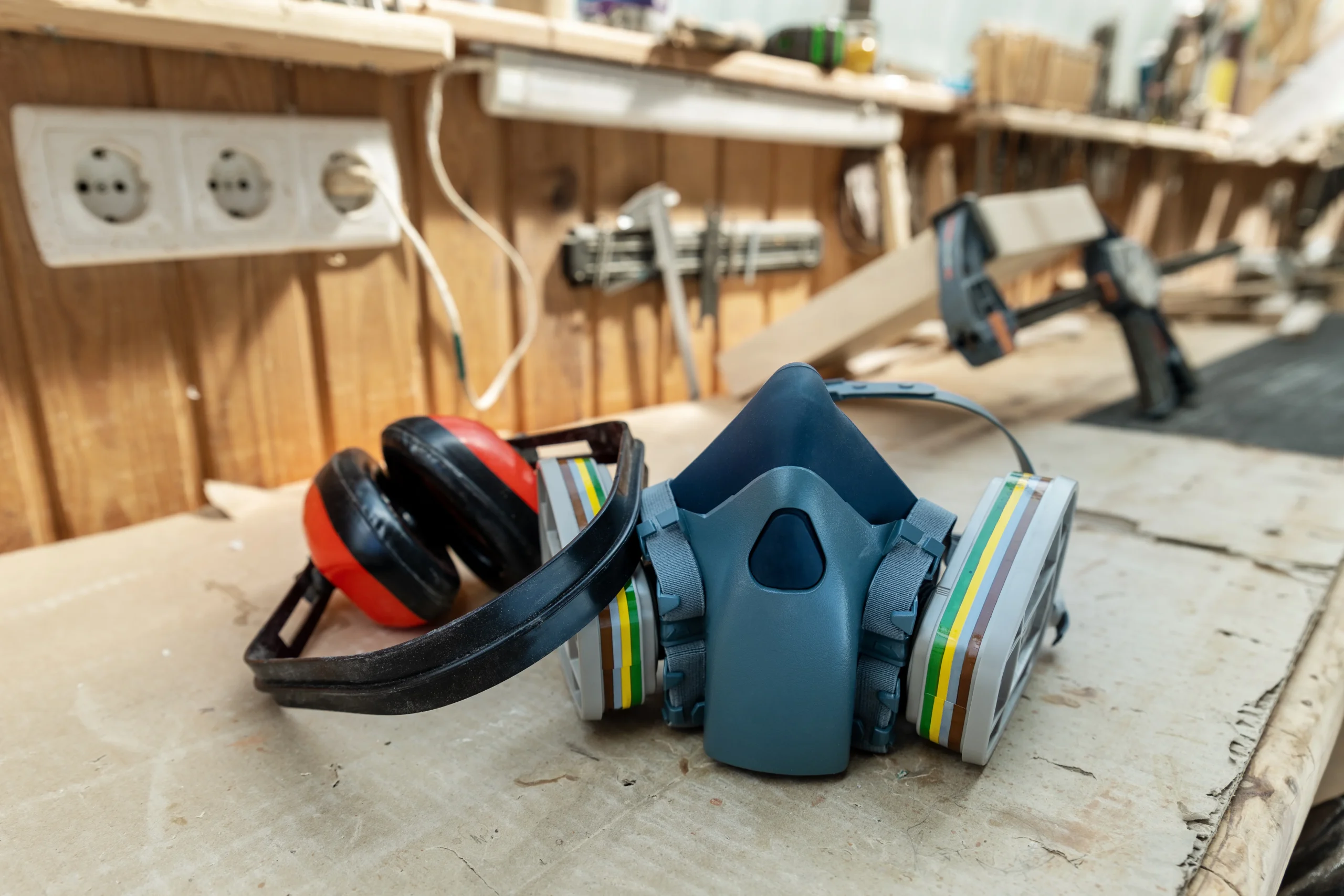
How to Properly Wear and Maintain Woodworking PPE
Fit Is Everything
Let’s get one thing straight—PPE only works if it fits right. Loose, gapped, or poorly worn gear leaves you exposed to the very dangers you’re trying to avoid. Here’s what to check:
- Goggles – Make sure they seal tight around your eyes with no gaps—that’s what keeps dust and chips out.
- Earmuffs – Fully cover your ears with a snug, comfortable fit that blocks out noise, not just dampens it.
- Respirators or Dust Masks – These need to fit securely on your face to actually filter out fine dust or fumes. No air should leak around the edges.
Keep It Clean. Keep It Safe.
Protective gear doesn’t last forever, but regular care can extend its life and keep it working as it should. Follow these quick tips:
- Inspect before every use – Look for cracks, tears, worn-out parts, or loose fittings. If it looks sketchy, don’t risk it.
- Clean after use – Follow the manufacturer’s cleaning instructions to remove dust, sweat, and grime that can wear down the materials.
- Replace when needed – Don’t hold on to damaged or expired gear. If it’s worn out, swap it out—your safety depends on it.
Final Thoughts: Don’t Cut Corners on Safety
You take pride in your craftsmanship—so don’t take chances with your safety. Woodworking PPE isn’t optional, it’s essential. Protect your eyes, ears, lungs, hands, and feet every time you step into the shop.
And if you lead a team? It’s on you to make sure everyone is trained, equipped, and fully protected with the right woodworking protective gear. Safety should be the standard—not the exception.
Get Your Team Safety-Ready Today
Don’t leave safety to chance—make it part of your culture.
Explore AWI Industry Solutions (AWI IS) for expert-led training and on-demand safety courses built for woodworking pros like you.
Recent Post
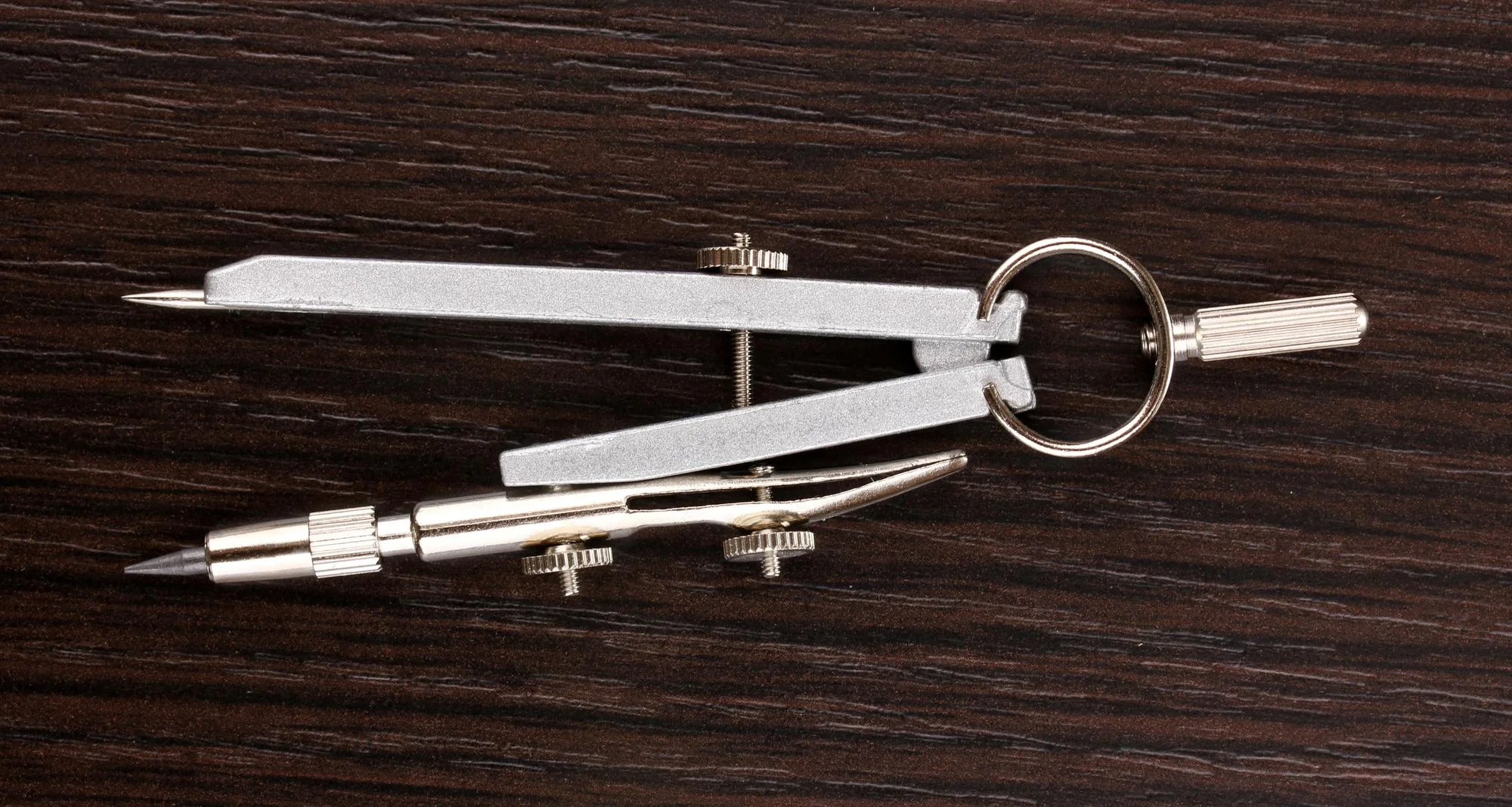
How to Choose the Best Woodworking Compass: Expert Tips and Tricks
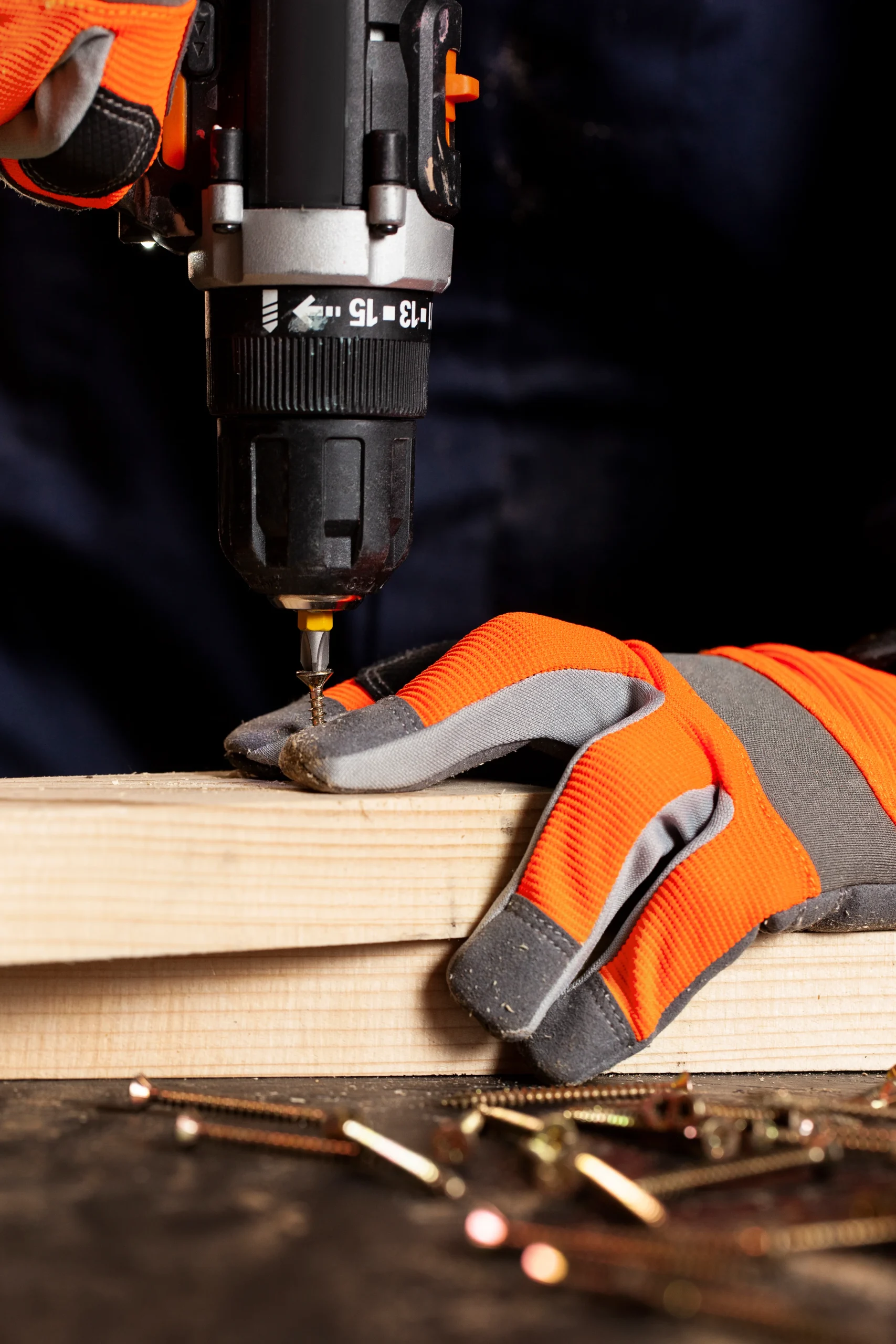
Screw Gun vs Drill: What Every Woodworker Needs to Know

Woodworking PPE Checklist: Are You Fully Protected?
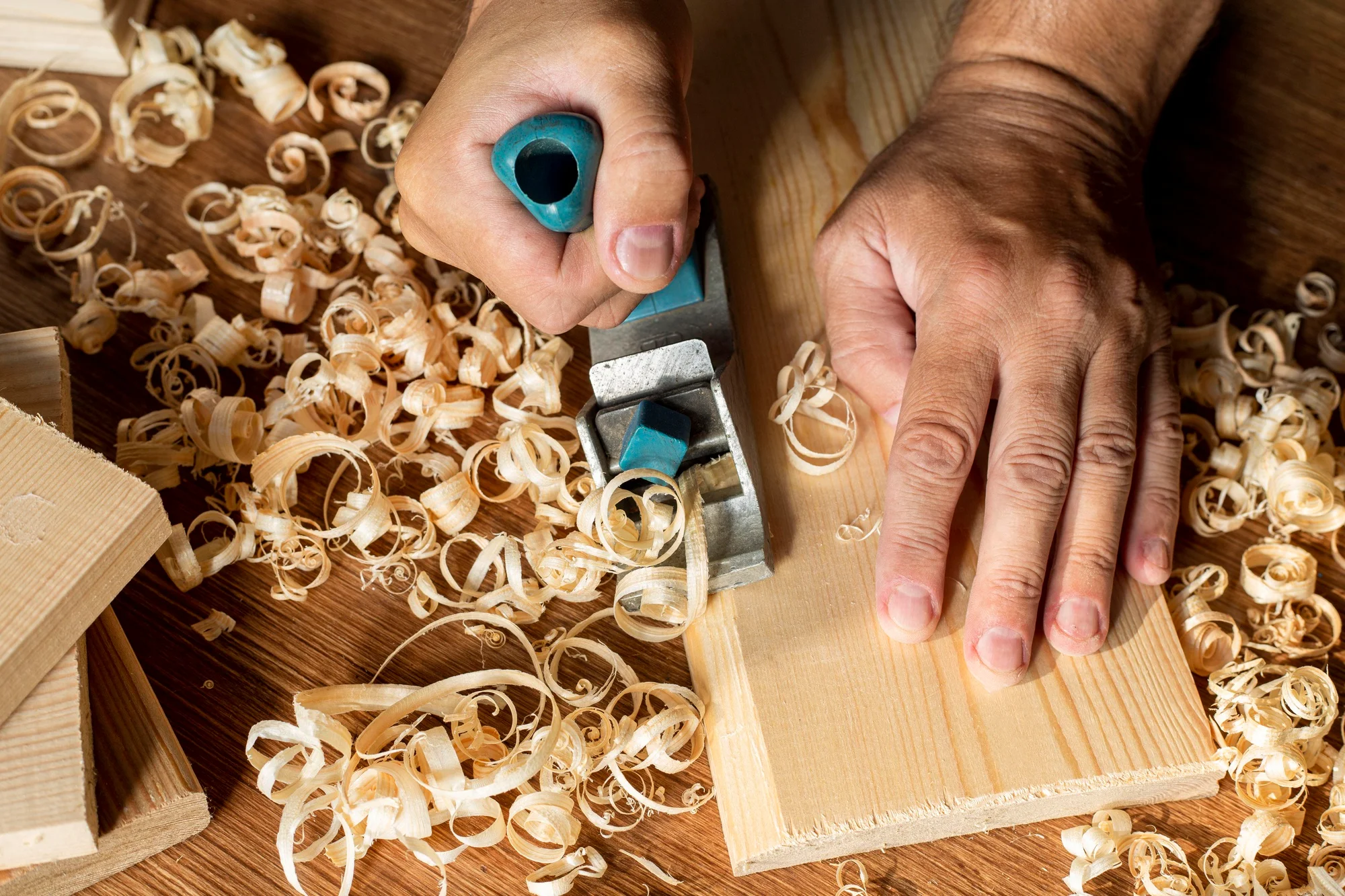
Green Woodworking 101: A Beginner’s Guide to Crafting with Unseasoned Wood
